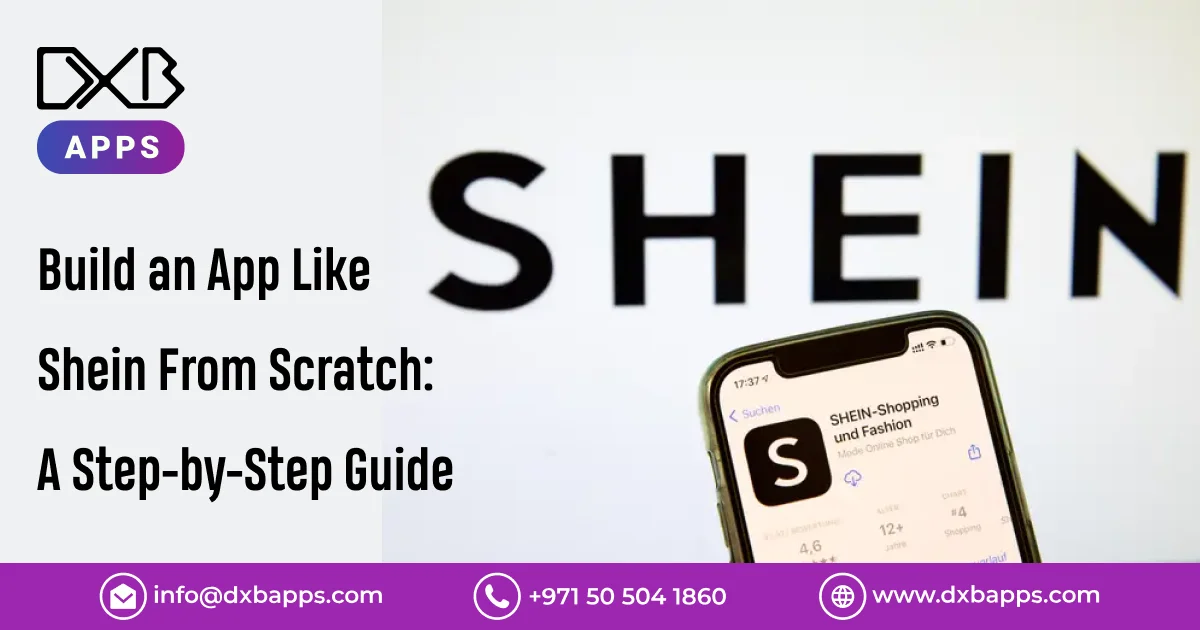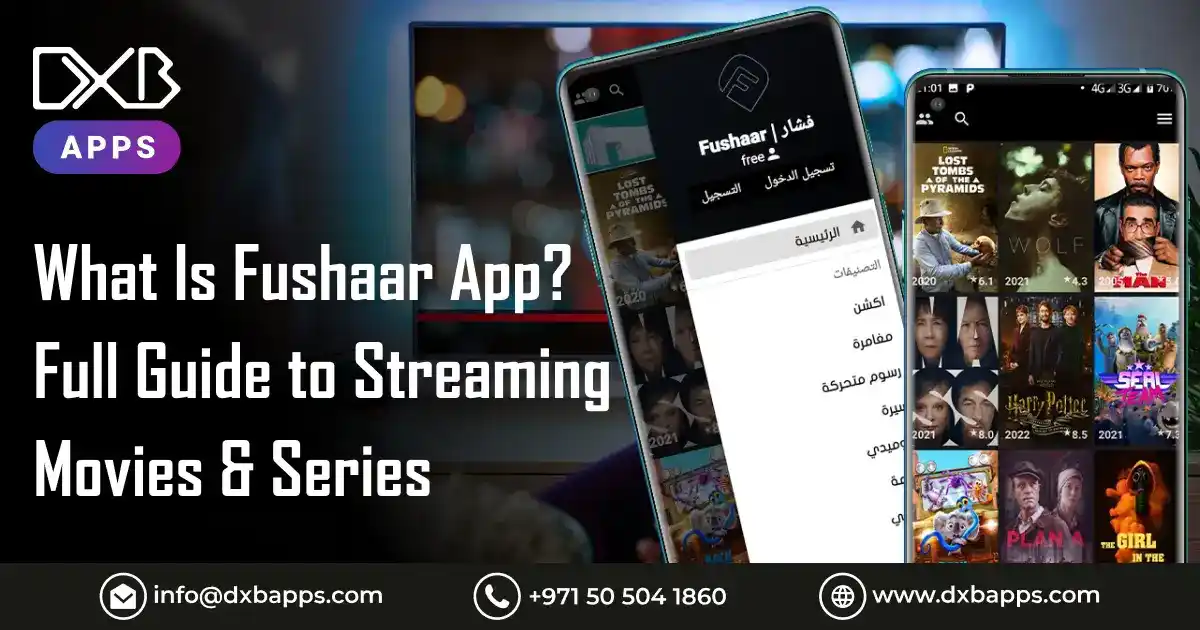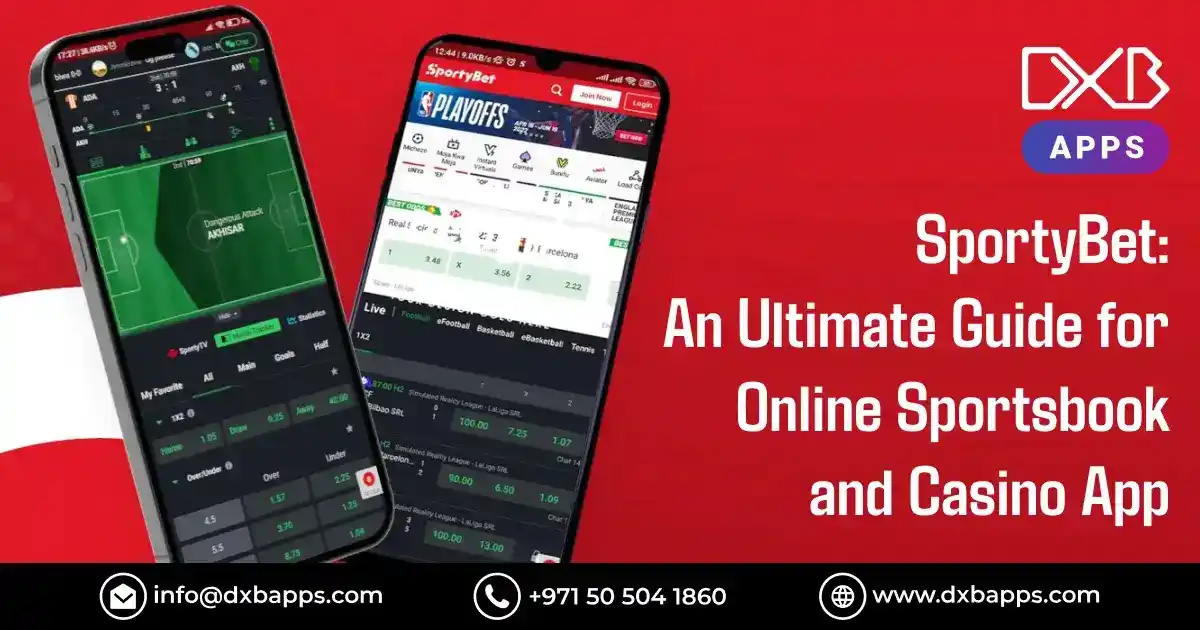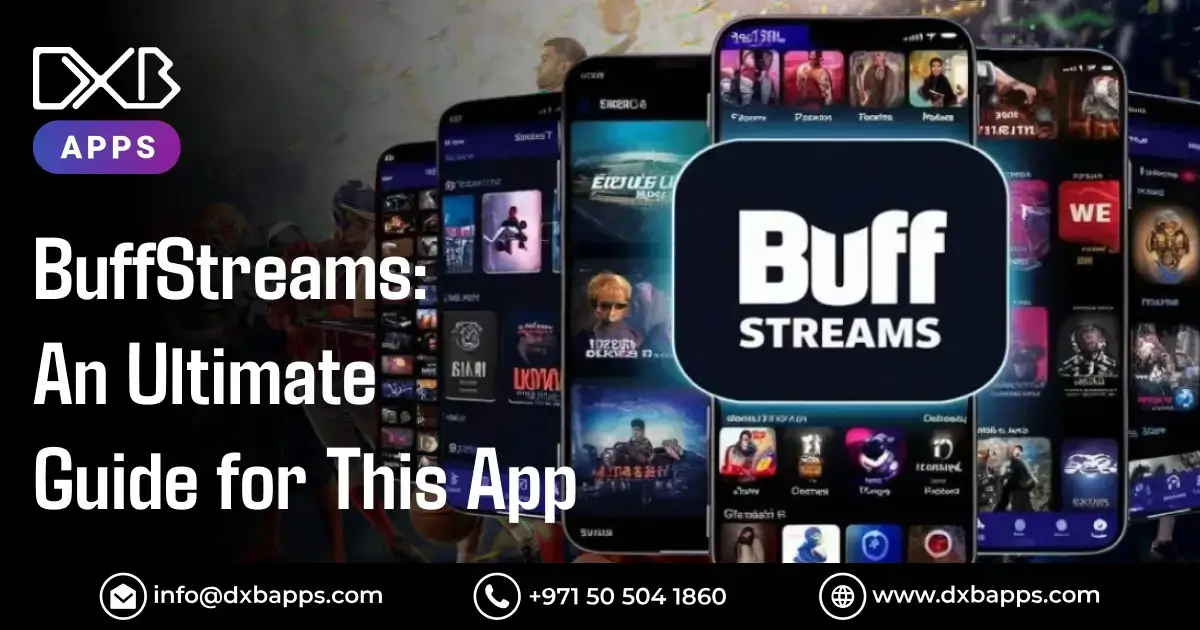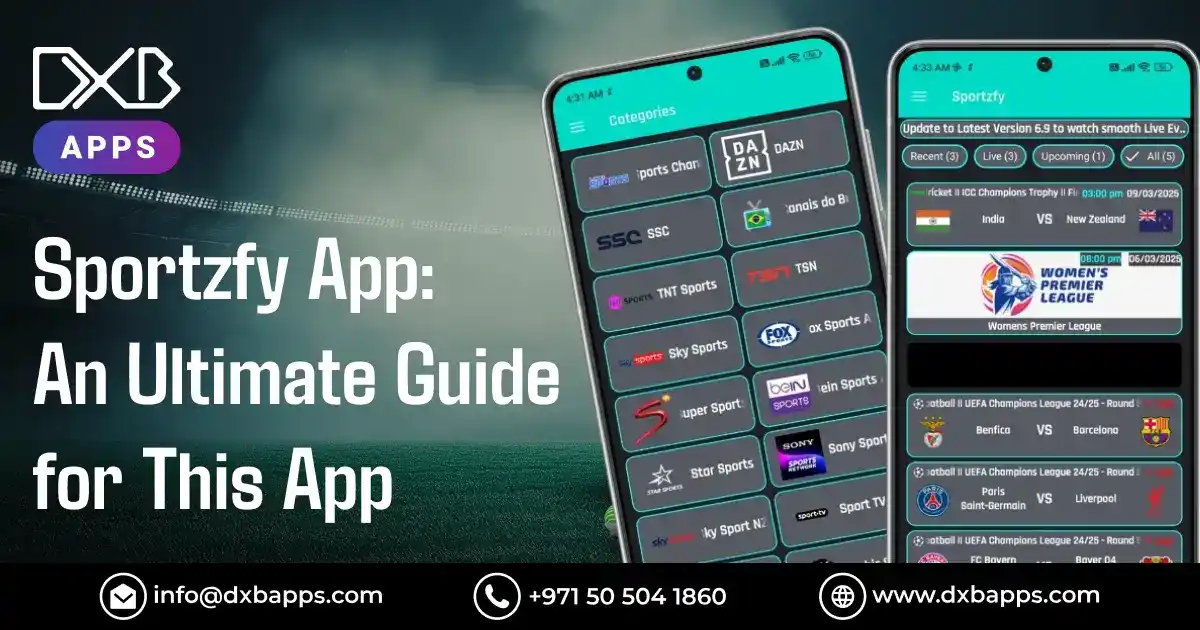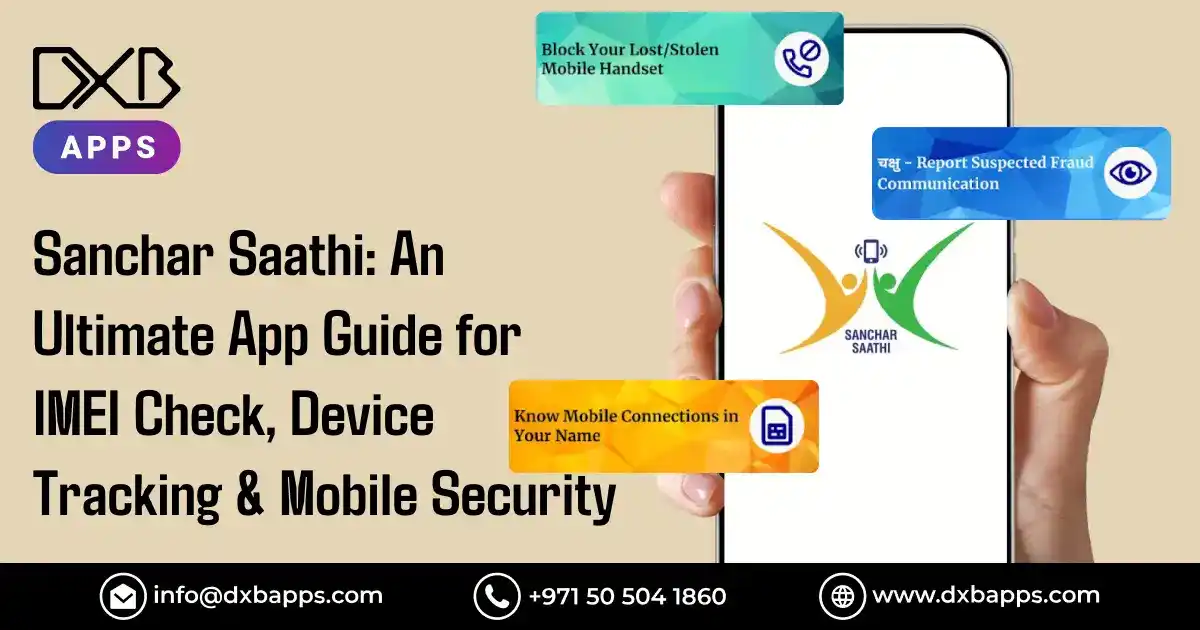Internet shopping has become a standard of the retail business in the Internet era. Amid so many online shopping websites in prosperity, Shein has emerged as a trendsetter by surprising billions of consumers worldwide with its fashionable outfit and just downloaded the app. The success of that sort has encouraged many businessmen and entrepreneurs to create similar websites. If you would rather design an app like Shein UAE from the beginning, this guide will guide you through its procedure, operations, and planning required for your Shein online to succeed.
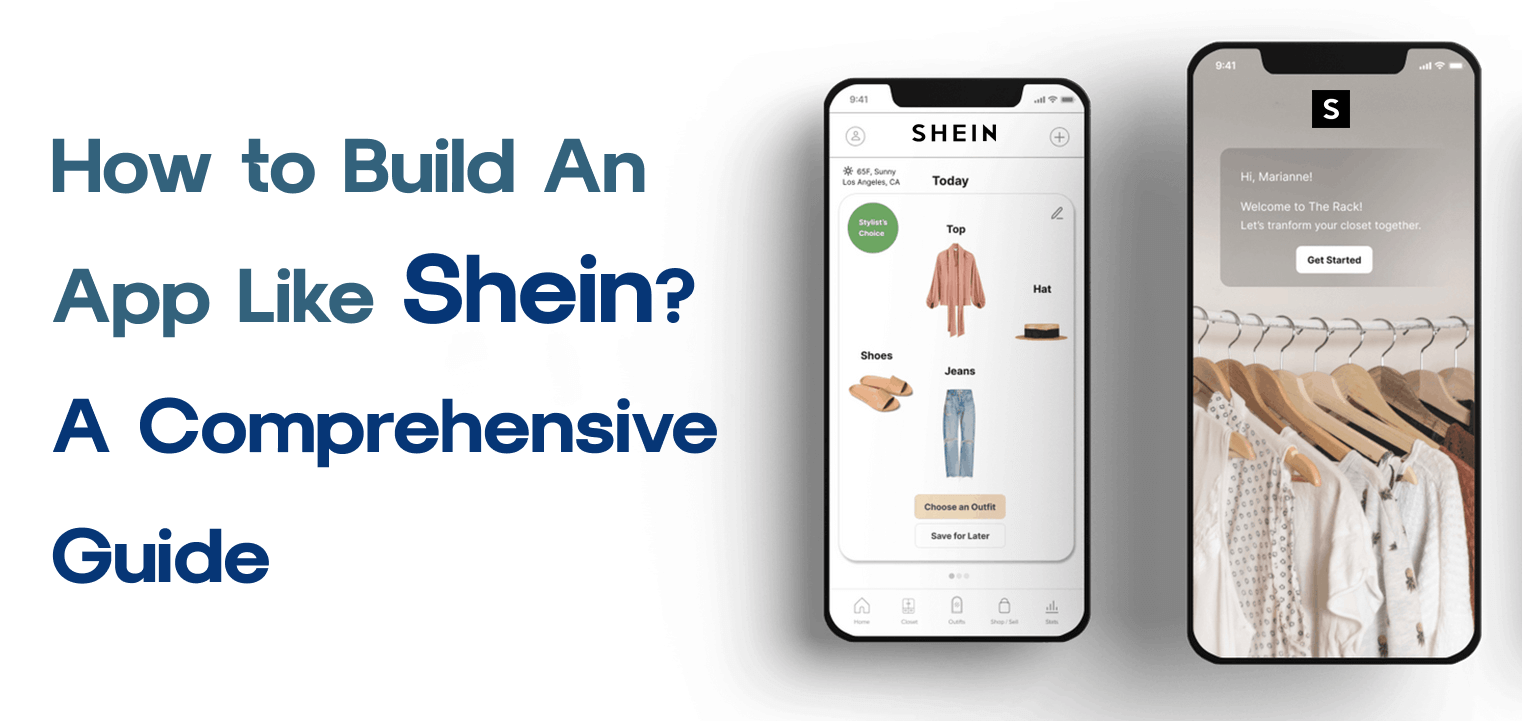
Understanding Shein's Success
Before we begin the development process, let's learn why Shein Dubai stands out in the oversaturated fashion e-commerce market.
Shein launched its business operations in 2008 and controls the worldwide fashion market. Its estimated 2023 earnings are forecasted at $32.5 billion. Several vital components underpin the platform's success.
- Shein presents fashion trends and affordable pricing to satisfy customers with price-related concerns.
- The website features rapid product delivery, allowing it to present new fashion trends that correspond with dominant product trends.
- Easy-to-Use App: shein online shopping is easy to navigate with simple navigation, customized suggestions, and secure transactions.
Step 1: Conduct Market Research
Start with intense market research to find your target group, competition, and current fashion trends dominating the scene. Look for areas of market voids where your app can carve out space and for USPs that will differentiate your app. Focusing solely on sustainable clothing or designer-driven partnerships would be one example of creating a niche market.
Step 2: Decide Your App's Features
To compete with large brands such as the Shein app, your app must have a great list of features worth the experience. Below are the minimum feature requirements:
User Profiles:
Enable user account creation and management, viewing order history, and saved items.
Advanced Search and Filters:
Enable searching by size, color, price, and style to help users easily find the items they require.
Personalized Suggestions:
The system recommends specific products to users using mathematical algorithms that analyze what they have viewed and which actions they have taken.
Secure Payment Gateway:
Customers should have access to various modes of payment, including credit/debit cards and digital wallets, as well as cash-on delivery options that offer safe payment security.
Customer Reviews and Ratings:
The system must allow customers to provide feedback to establish trust with potential buyers.
Order Tracking:
Let customers perform live order tracking to obtain transparency about their orders and provide customer-focused service.
Push Notifications:
Remind users about new products, offers, and order updates on time.
Step 3: Select the Perfect Technology Stack
Selecting an optimal technology stack is necessary to build a quick-executing, scalable, and safe app like the Shein UAE app. Your technology choices will determine the app's performance speed, features, and potential to handle rising user traffic.
Front-End Development:
Create a UI that triggers dynamic interactions through the most current frameworks, React Native or Flutter. With cross-platform app development capabilities, these frameworks enable the creation of apps that look great on iOS and Android devices.
Back-End Development:
Django and Node.js are high-performance server technologies for business data and system operations. High traffic and advanced process capability depend on back-end technologies that enable your application's upward scalability.
Database Management:
Use secure and stable databases such as MongoDB or PostgreSQL to host sensitive data. Proper database management is necessary for storing user data, inventory, and transaction history.
Cloud Services:
Use cloud platforms such as AWS or Google Cloud for scale-up computation and storage. Cloud infrastructure benefits from quick loading speeds, high security, and elastic scaling to meet increased user demands.
Step 4: Create an Intuitive User Interface (UI)
A user interface (UI) must be designed with a harmonious and basic structure to create a welcoming shopping environment. It should be built with a clean, good-looking, and accessible design.
Keep your app looking great on different devices and screen sizes. Employ high-resolution images and video to represent products accurately. Employ clean typography and a uniform color palette to ensure brand recognition.
Your UI should also consider UX by focusing on smooth navigation, fast pages, and transitions between pages. A good UI greets customers and makes navigating and buying more products convenient for them.
Step 5: Create and Implement Core Features
Product Catalog: Create a well-designed product catalog with good categories, correct product descriptions, and correct prices. Add product availability and present inventory levels for user trust.
Shopping Cart:
Provide clients with a minimum shopping cart where they can insert a product, delete a product, and add or subtract quantity without much hassle. Display the subtotal, tax, and shipping charges so the clients have the proper information in advance for checkout.
Checkout Process:
Provide a seamless checkout process with less step-by-step navigation to minimize cart abandonment. Offer guest checkouts to reward customers registering for an account for easy future returns.
Payment Integration:
The delivery service should provide protected payment gateway technology that offers security and user convenience. Payment options should include credit cards, online wallets, and cash on delivery.
User Authentication:
Users should authenticate safely, including email verification and two-factor authentication (2FA). Personal data remains protected, and accounts receive safeguards against unauthorized entry through safe user authentication and verification methods.
A good development process via these core features ensures your app functions as per user requirements and operates effectively.
Step 6: Implement Security Mechanisms
Security is crucial in e-commerce apps to safeguard sensitive user data and instill trust. Put in place the following security measures:
Data Encryption:
Encrypt all data between users and the application via SSL/TLS protocols. This will secure sensitive data like personal and payment information while traveling, and external users will have less opportunity to intercept or read information.
Secure Payment Processing:
Adhere to the PCI DSS guidelines to deliver secure payment processing. Employ safe payment processors and encrypt payments to secure the credit card information and clients' privacy. The system guarantees both trustworthiness and protects clients' payment details' confidentiality.
Regular Security Audits:
Conduct regular security scans to identify vulnerabilities. Periodic audits keep potential flaws under check and eradicate them so your app remains immune to new cyber-attacks. They safeguard user data and the integrity of your platform.
Step 7: Test Your App Thoroughly
Before going live, perform extensive testing to check that the app is working as expected and offers a smooth experience to the users. Note:
Functionality Testing:
Test all the app's functionalities to ensure they perform as expected. These include user registration, product search, payment, and navigation. Users should be able to experience no issues in the system's operations when everything works properly for unimpeded functionality.
Usability Testing:
Users should easily understand the application operations through observation. User experience, design, and layout must be verified during application testing. Users should easily move through the platform to execute transactions and access information without becoming disoriented and discouraged.
Performance Testing:
Test its performance under various conditions. Test if it is responsive, quick, and can tolerate heavy usage. Test to load easily, and the application remains stable under heavy load to present an even shopping experience.
Security Testing:
Security tests must be conducted to guarantee user data protection and prevent security weaknesses from developing. Bug tests, including SQL injection and cross-site scripting, must be performed while fixes are provided for any detected issues. This measure can protect the safety of sensitive data, including passwords and payment information.
Compatibility Testing:
Your app must work across every available device platform, including every operating system version. Security tests should evaluate user data protection across multiple operating systems, including Android and iOS, and evaluate different screen display options. Users will enjoy the same experience quality irrespective of which device they choose to access the platform.
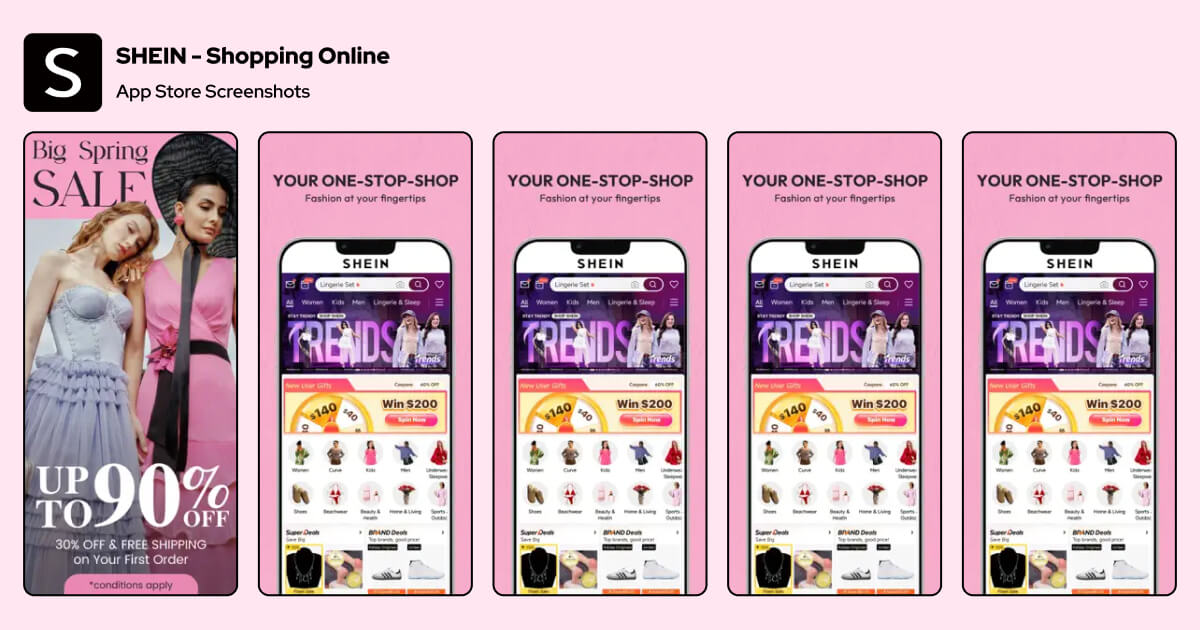
Step 8: Launch and Market Your App
The final step involves application launch, which starts with a beta release to collect customer feedback until the product achieves its optimal state before becoming available to the public. A powerful marketing initiative will help your application achieve visible success.
Social Media Marketing:
You should promote your app through social media networks, which include Instagram, TikTok and Facebook. Post product information, promotions, and customer content to be viewed and garner downloads. Social media marketing enables you to reach many people within seconds.
Influencer Partnerships:
Your fashion app marketing strategy should include working with influential personalities in the fashion world. These influencers will use their content to support your platform with objective reviews of products and informational guides, thus building trust among their audience base.
App Store Optimization (ASO):
Optimize your application description to maximize audience visibility in mobile app markets. Apply proper keywords, compelling descriptions, and appealing images to increase your app's ranking. An optimized app description ensures easy discovery and download of your app by future users.
Paid Advertising:
Invest in Google Ads and social media advertising to target individual users. Paid advertisements enable you to promote your app features, traffic push, and downloads. It is an excellent way of exposing your app and increasing your customers in a minimal period.
"Success in e-commerce is about being customer-centric, innovative, and data-driven."
DXB APPS – Best E-commerce App Development in Dubai
DXB APPS is a leading mobile app development company specializing in e-commerce mobile apps. With app design, mobile app development Dubai, and security aspects, DXB APPS provides businesses with a fluid, feature-filled online shop. From a fashionwear apparel mobile app development Abu Dhabi like Shein to a custom-built e-commerce website, DXB APPS provides innovative and scalable solutions. Their experienced mobile app developers use the latest technology to ensure a fluid shopping experience for customers.
Conclusion
Creating an app like Shein for a Shein outlet requires proper planning, market analysis, and technological development. Your effort to develop a successful fashion shopping portal comes from implementing essential e-commerce features, appropriate security measures, marketing plans, and performance optimization.
FAQs
1. What would a Shein app consist of?
The Shein-type app requires features that provide a smooth shopping platform, such as a clean interface, robust search tools, and product recommendation functions. The application must include a protected payment processing system, order visibility, and current inventory information updates. The app provides additional functionalities through user reviews and multi-language support that promote engagement with the product.
Market competition can dramatically enhance the shopping experience by incorporating AI-based product suggestions and AR virtual reality. Poshmark's effective platform delivers its target audience by integrating its unique features.
2. How much does it cost to create an app like Shein?
A Shein Abu Dhabi application will cost what it does mainly because of the elements developers add to the program and their choices of development tools and frameworks.
The cost structure for e-commerce platform development spans between $20,000 and $50,000 for basic functionality but reaching $100,000 in expenses needs AI suggestions and augmented reality features. Apart from the points already discussed, the price can be influenced by backend architecture, design complexity, and maintenance needs. The overall development cost depends on developing native applications for separate Android and iOS systems and choosing cross-platform development.
3. How many hours are required to create an app like Shein App?
Developing an app that resembles Shein will require 6 to 12 months, depending on its size and level of complexity. Developing an e-commerce solution with basic features such as product search listing and payment system requires six months.
AI recommendation systems and augmented reality, joined with multi-currency functionalities, increase the time needed to develop the application. Development of such software applications requires the completion of multiple stages, starting with planning, then proceeding through design and development phases and reaching testing and deployment stages. The success of an app launch heavily depends on quality assurance practices and continuous editing procedures.

